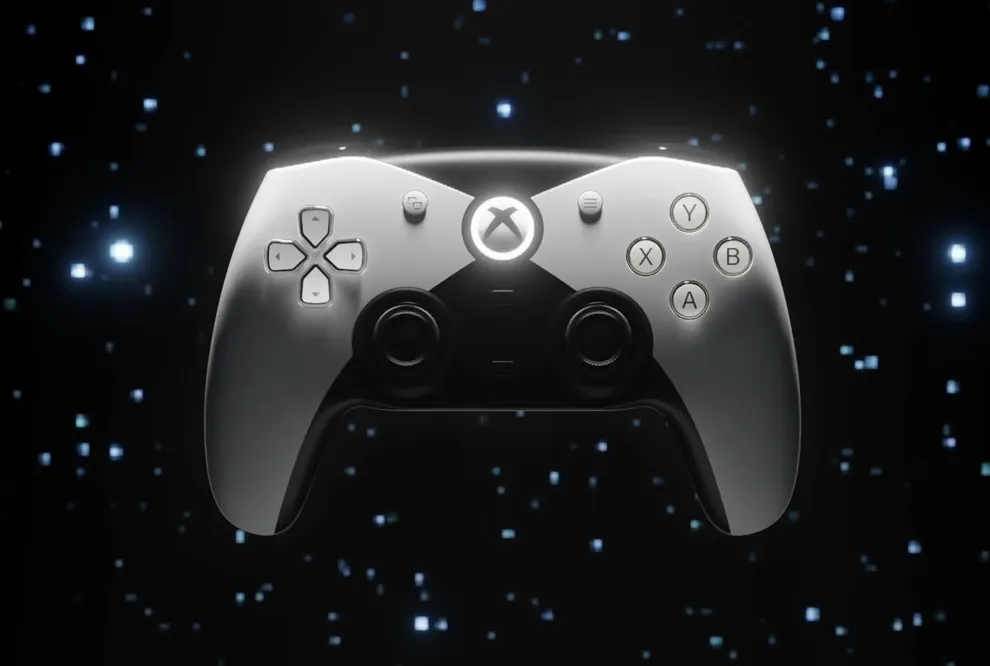The compact disc (CD) is a digital optical disc data storage format that was co-developed by Philips and Sony to store and play digital audio recordings. The development of the CD was announced in 1979. The first commercial CD player, the Sony CDP-101, was released in October 1982 in Japan and in March 1983 in Europe. The first commercial CD to be pressed was Visitors by ABBA, the Swedish pop group.
CDs quickly became the most popular way to listen to music, replacing vinyl records and cassette tapes. They offered several advantages over their predecessors, including superior sound quality, durability, and ease of use. CDs could also hold more music than vinyl records, and they could be skipped to any track instantly.
By the early 2000s, CDs had become the dominant format for music sales. However, their popularity began to decline in the mid-2000s with the rise of digital music formats such as MP3s and streaming services.
Despite the decline in sales, CDs remain a popular format for music listening. They offer a high-quality listening experience and are a convenient way to store and play music. CDs are also often used for archival purposes, as they are relatively durable and can last for many years.
Here is a timeline of the history of the CD:
- 1979: Philips and Sony announce the development of the CD.
- 1982: The first commercial CD player, the Sony CDP-101, is released in Japan.
- 1983: The first commercial CD to be pressed is Visitors by ABBA.
- 1985: The CD-ROM format is introduced.
- 1991: The first CD-R format is introduced.
- 1997: The first DVD format is introduced.
- 2000: CDs become the dominant format for music sales.
- 2005: Digital music sales begin to surpass CD sales.
- 2010: The first Blu-ray Disc format is introduced.
- 2015: CD sales continue to decline.
- 2020: CD sales reach an all-time low.
Despite the decline in sales, CDs remain a popular format for music listening. They offer a high-quality listening experience and are a convenient way to store and play music. CDs are also often used for archival purposes, as they are relatively durable and can last for many years.






